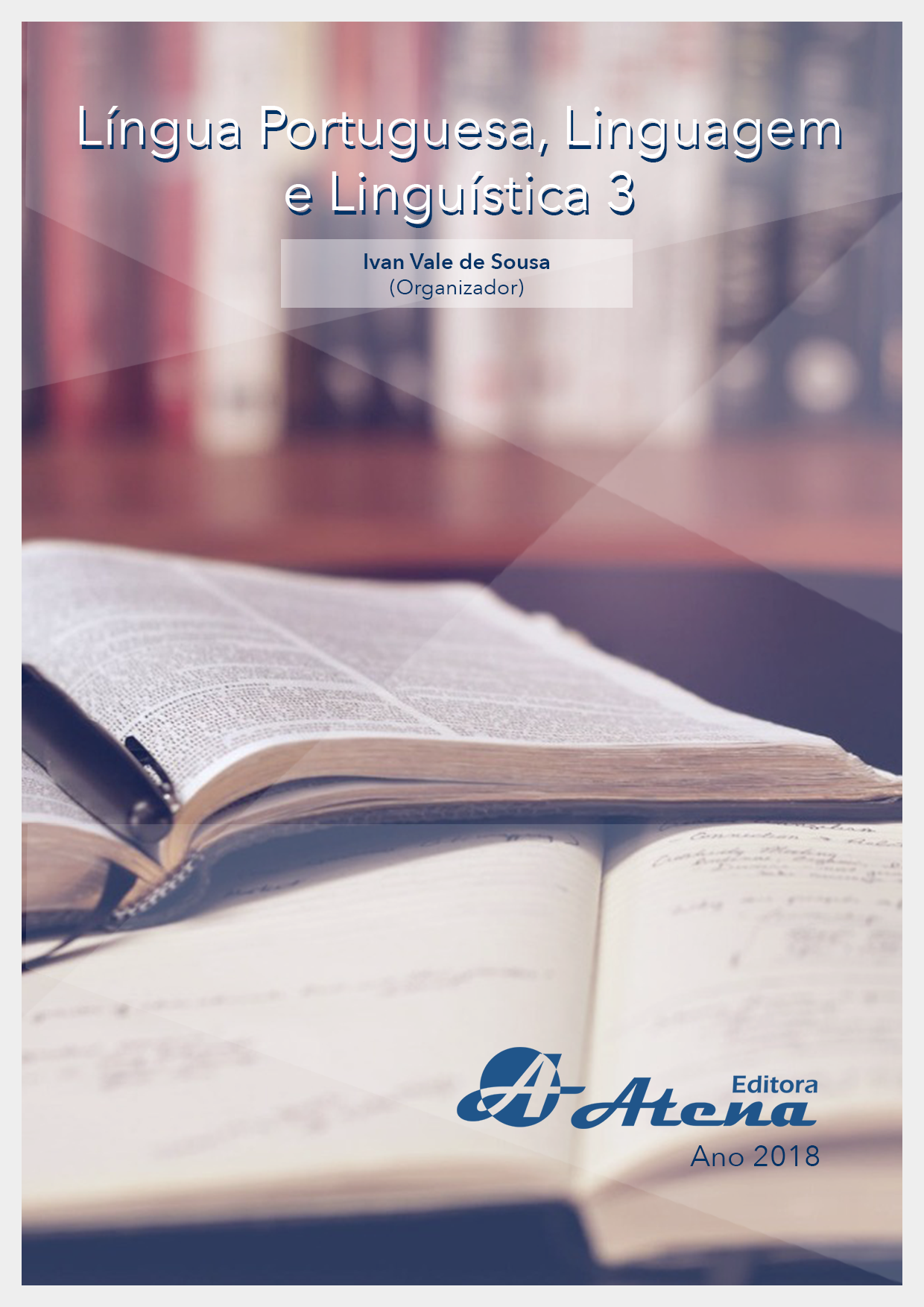
OS DETETIVES DE PAPEL E OS DETETIVES EM CARNE E OSSO: A LINGUAGEM NEOBARROCA EM OS DETETIVES SELVAGENS E E NO MEIO DO MUNDO PROSTITUTO SÓ AMORES GUARDEI AO MEU CHARUTO
A proposta deste estudo é fazer
uma análise comparativa entre os romances Os
Detetives Selvagens, de Roberto Bolaño, e E do
Meio do Mundo Prostituto só Amores Guardei
ao meu Charuto, de Rubens Fonseca. Partindo
da premissa de que os romances pós-modernos
tendem ao narrador em primeira pessoa, a
análise pretende aproximar os dois romances no
que diz respeito à linguagem e à forma de fazer
literatura. Por essa linha de raciocínio, nosso
foco é estudar a construção das narrativas e
a metaficção, numa perspectiva Neobarroca
que é o condimento literário nas duas obras. À
vista disso, cabe também em nossa proposta
um estudo do narrador pós-moderno; tendo
como respaldo alguns apontamentos teóricos
de nomes como Carlos Fuentes, trazendo
à baila a discussão sobre o papel do leitor
nos romances dos dois autores. A título de
conclusão, delimitaremos as semelhanças e as
diferenças nas duas narrativas, numa tentativa
de contextualizar o romance brasileiro e o
chileno diante do desvairismo pós-moderno e
da desaparição neobarroca dos limites.
OS DETETIVES DE PAPEL E OS DETETIVES EM CARNE E OSSO: A LINGUAGEM NEOBARROCA EM OS DETETIVES SELVAGENS E E NO MEIO DO MUNDO PROSTITUTO SÓ AMORES GUARDEI AO MEU CHARUTO
-
DOI: Atena
-
Palavras-chave: Romances pósmodernos. Metaficção. Neobarroco.
-
Keywords: Post-modern novels. Metafiction. Neobarroque.
-
Abstract:
The purpose of this paper is to
create a comparative analysis over the novels
Os detetives selvagens, by Roberto Bolaño
and E do meio do mundo prostituto só amores
guardei ao meu charuto, by Rubens Fonseca.
Starting from the principle that the post-modern
novels tend to the narration in first person, this
analysis intend to make an approach of these
two novels with regard to the language and the
manner of produc e the literature. By this way
of view, our focus is to study the construction
of the narratives and the metafiction, in a
neobaroque perspective, which is the literary
condiment in these two works. Therefore, it also
fit in our proposal a study of the post-modern
narrator, by having as an uphold some notations
from theorists such as Carlos Fuentes and
Severo sarduy, bringing up afloat the role of the
reader while reading the novels. In conclusion,
we are going to delimit some similarities and
differences between the works, in an attempt
of contextualize the Brazilian and the Chilean
novels before the post-modern frenzy and the
neobarroque disappearance of the limits.
-
Número de páginas: 15
- Ezequias da silva Santos


